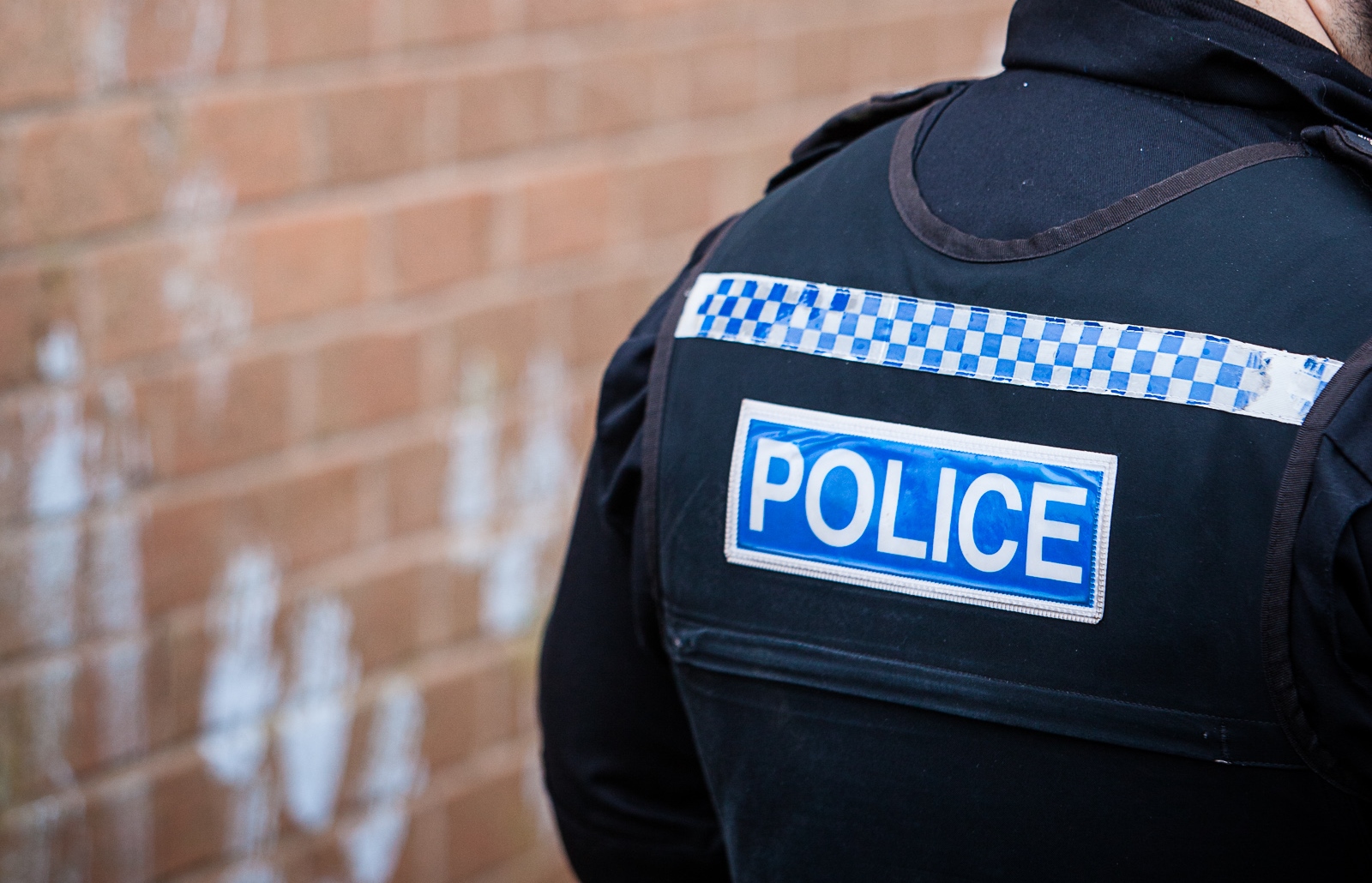‘Ridiculous’ amount of time spent in A&E
POLICE officers have reported spending up to 80% of some shifts waiting in hospitals or for ambulances to arrive.
One officer described the waiting times in A&E as “ridiculous” and said medical staff are “terrified” to let police leave as they never seem to have enough staff to deal with the situation.
HM Inspectorate of Constabulary has previously found that officers taking people with mental illness to a health-based place of safety were often waiting for six to eight hours – amounting to an estimated 62,000 hours a year.
A Freedom of Information request also revealed that officers had taken sick and injured people to hospital at least 2,012 times in 2015 when ambulances were not available. The majority of forces failed to record such data so the overall number could be much higher.
Anecdotally, officers have reported long waits to ensure members of the public are given the proper care.
One officer said: “Over the course of four shifts on immediate response, I have probably spent around 80% of my time either on NHS premises or waiting for an ambulance.”
The Police Federation of England and Wales says this is “not an isolated case”.
Another officer said: “It sometimes feels as though we are the go-to free ‘bank staff’ at the hospital for mental health and security. There are ridiculous waiting times in A&E and the staff in the suite are terrified to let officers leave because they never seem to have enough staff to monitor the patients they have.”
The second officer spent two hours on a medical assessment ward with another colleague, trying to coax an aggressive woman with a brain infection into taking medication so staff could treat her.
Andy Ward, the Police Federation of England and Wales’s lead on custody, says these issues are of big concern.
“We fully support the need for NHS departments to be properly resourced,” he said. “There is a need for police custody officers to have access to appropriate healthcare professionals 24/7 – the responsibility for which lies with chief officers.”

